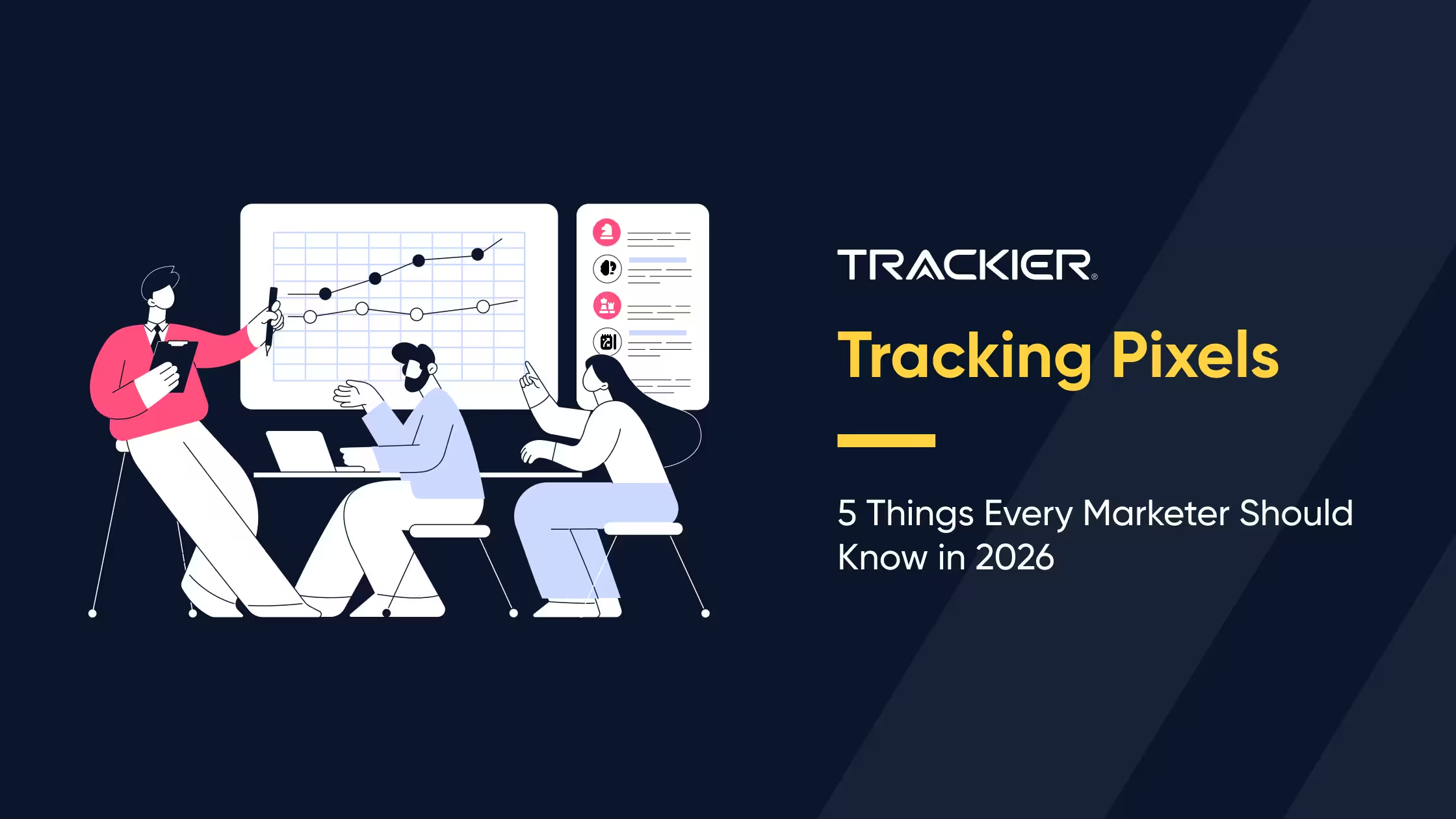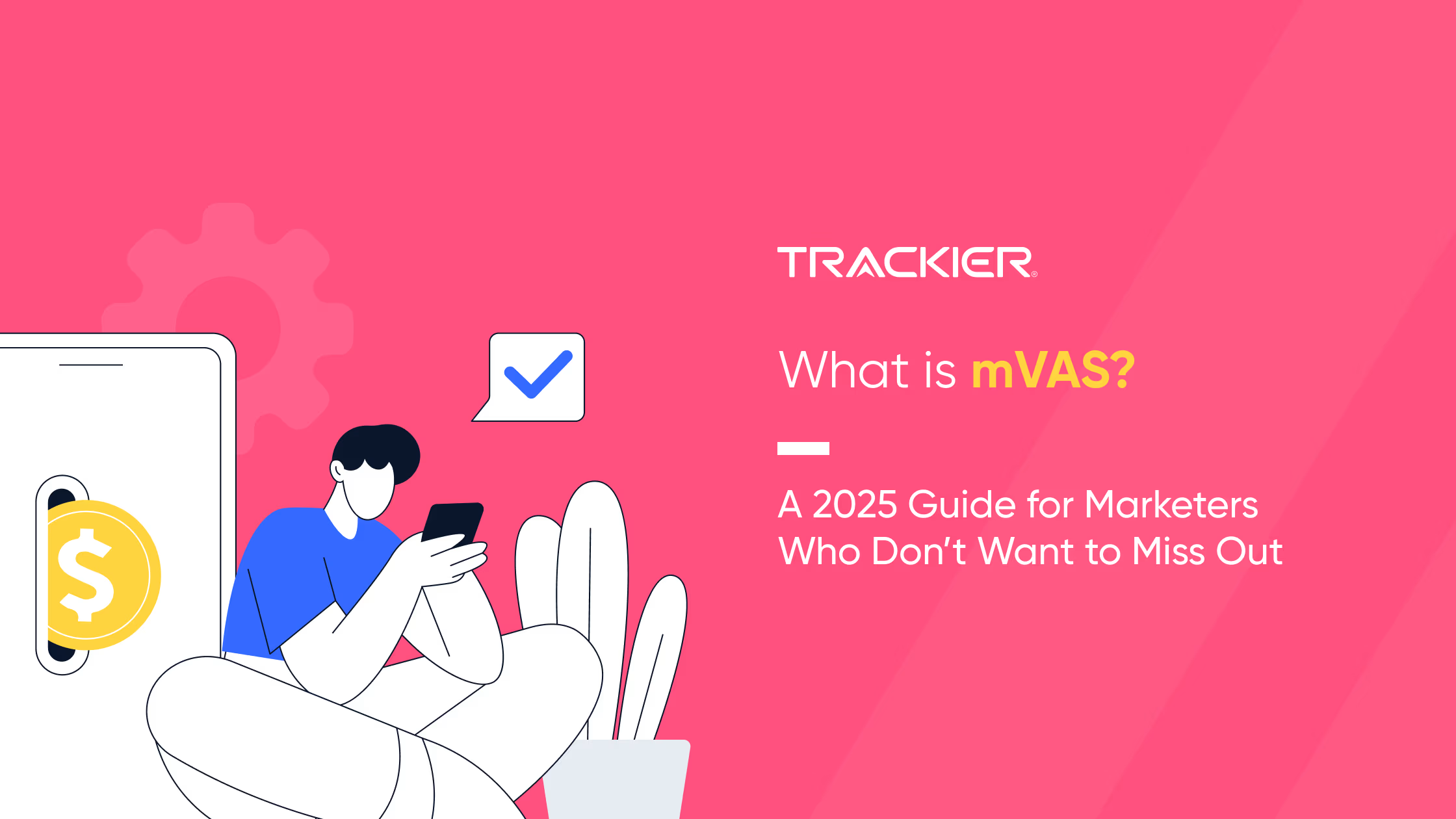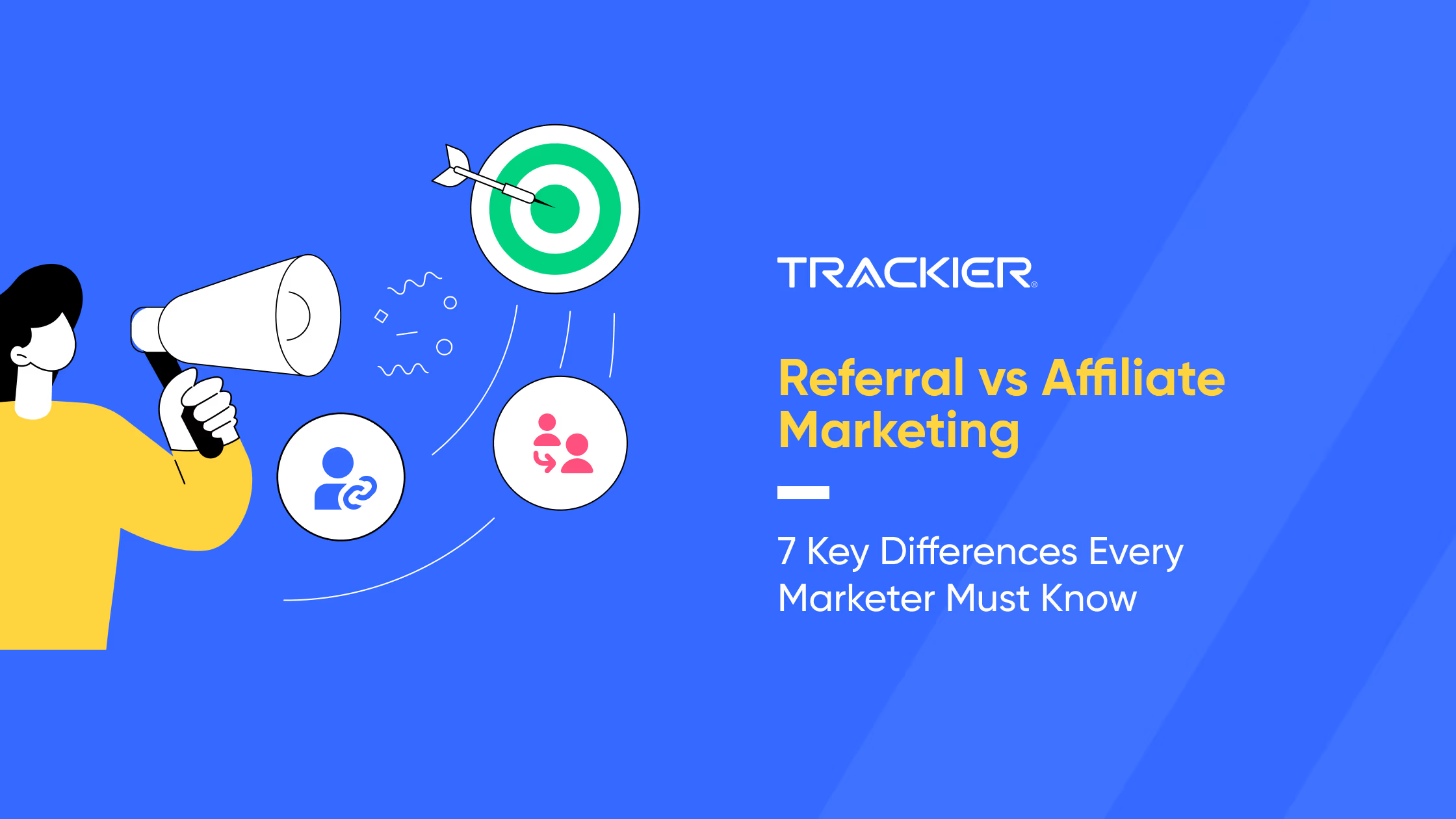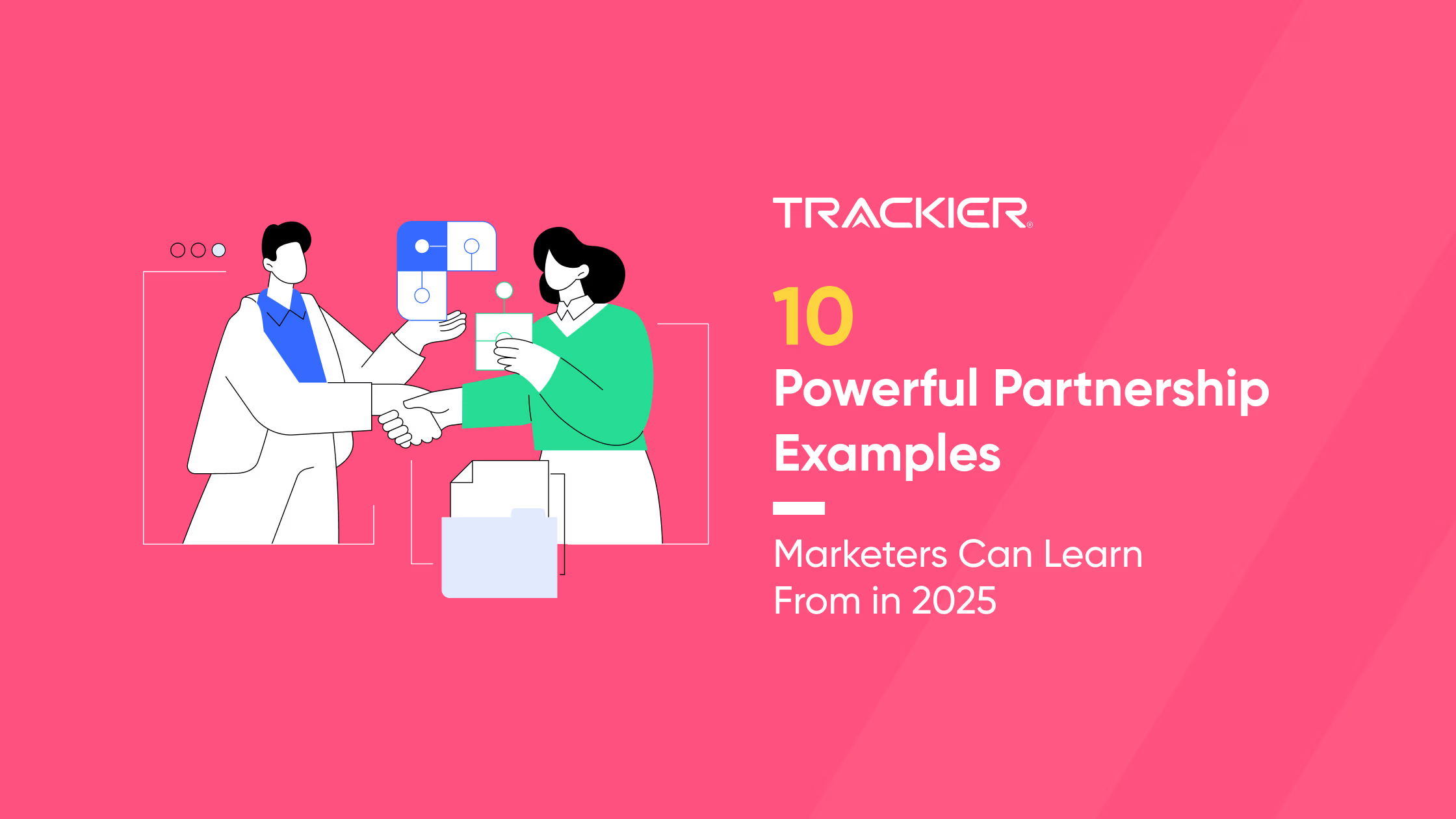Most marketers hear about tracking every day, but the way it actually happens can feel a little hidden.
A lot of that insight comes from tracking pixels, tiny files that load quietly in the background and signal what a user has viewed or interacted with.
These small signals help you understand if an email was opened, if a landing page worked, or if a campaign reached the right audience. They give you a clearer picture of user activity, which is something every performance and partner marketer needs in 2026.
In this blog, we will walk through the five things that matter most. And if you want a platform that brings these ideas into real campaign tracking, the Trackier’s partner marketing software is the best place to explore.
How Tracking Pixels Actually Work (Behind the Scenes)
A tracking pixels looks tiny on a page, but the moment it loads, there is a lot happening. Most people would think a pixel is a small dot sitting quietly in a corner on the web page. Let me tell you, it is not that innocent.
When a pixel fires, it sends a small request to a server. This request carries useful information about what the user just did. It could be a page visit, a button click, or a completed purchase.
This data then gets matched with the platform that owns the pixel. Think Meta, Google, X, LinkedIn or an analytics tool. The platform reads the event, adds it to that user’s profile, and uses it to understand intent and behaviour.
This matters to marketers because it decides how well your ads perform. A clean pixel setup can sharpen targeting, fix broken funnels and help your budgets work harder. A messy setup does the opposite and makes optimisation feel like guesswork.
Pixels do not collect personal details by default. Instead, they focus on behaviour. What users do. Where they drop off. What interests them. That is what makes them powerful. They turn scattered actions into patterns that you can work with.
At this point, pixels are less of a tech trick and more like the basic plumbing of digital marketing. Without them, most modern campaigns cannot run properly. With them, you start seeing your funnel the way the user sees it.
The Types of Tracking Pixels You’ll Use Most Often
Not all pixels behave the same way. Some watch the full journey. Some only look at actions. Others help with ads. Once you know which one does what, setting them up feels a lot less chaotic.
The first is the simple page view pixel. It loads every time someone lands on a page. Nothing fancy. It just tells you who showed up and where they came from. This is usually the starting point for most setups.
Then there are event pixels. These are more specific. They fire when someone clicks a button, signs up, adds to cart or completes a purchase. They help you see which moments in the journey actually matter and which ones only look important on the dashboard.
The next is the retargeting pixel. This one helps you stay visible to people who interacted with your brand earlier. You are not annoying them. You are just reminding them that you still exist while they think about the decision.
Some tools also use conversion pixels to confirm the final action. These are helpful when you want your ad platform to learn faster and optimise smarter. They feed accurate results back into the system so the algorithm can adjust in real time.
All these pixels work together to give you a clear picture of what is happening. Once they are placed correctly, you stop relying on guesswork and start working with real behaviour.
Why Pixels Still Matter Even With Privacy Changes
Every year there is a new rule, update or policy that makes marketers wonder if pixels are going away.
Let me tell you, they are not. They have changed, but they still play a major role in how campaigns learn and perform.
What has shifted is the amount of data they can collect. Browsers block third-party cookies. Users opt out more often. Platforms share less information than they used to. This means pixels cannot rely on the old way of tracking people across the internet.
But they still work well inside your own ecosystem. First-party data has become the hero here. When someone interacts with your website or app, your pixel can still capture those actions clearly. This is the data you fully own and control.
Modern pixels also use aggregated signals instead of personal details. They focus on patterns instead of individuals. This keeps things compliant while still giving you enough information to optimise your campaigns.
The key is to set them up correctly and test them often. When your pixel fires at the right time, your targeting improves, your ads learn faster and your reporting becomes more reliable. Even with all the privacy shifts, this part has not changed.
So pixels are not dead. They have just matured. And marketers who understand this end up building stronger funnels than those who keep waiting for the old days to come back.
What are the five things every marketer should know about tracking pixels in 2026?
Below are five concrete, practical things. Each point explains what to do, why it matters, and what the data says right now.
1) Tracking pixels are behaviour signals, not identity files
Pixels tell you what people do. They do not, by themselves however, reveal a name or a phone number.
When a pixel loads, it records a small request that shows a page view, an open, a click, or a conversion. That event becomes part of the behavioural picture you use to optimise campaigns.
This is the fundamental reason pixels still sit at the centre of measurement for ads, email and affiliate funnels. Use them to map journeys and spot drop off points.
2) Email pixel accuracy is useful but treat it as directional data
Pixels can tell you if an email image was requested. That gives you a signal for an open. But that signal is imperfect.
In 2025–26, studies show big variance. Some analyses put email tracking prevalence above 50% of messages, while practical accuracy estimates for open-tracking tend to sit in the 70 – 85% range depending on client behaviours and image caching.
Although, false positives happen when inboxes preload images. Missed opens happen when images are blocked. In simple words, the rule of thumb is to use email tracking pixels data to spot trends.
What To Do: Pair opens with clicks and replies. Use click-through and conversion events as your ground truth for campaign success.
3) Implementation quality decides whether pixels help or hurt
A broken pixel or an incorrectly named event will distort your ad learning and attribution.
Platforms like Meta and Google rely on the events you send. If the event is missing, the algorithm learns the wrong lesson. If the event is noisy, optimisation suffers.
That is why setup, testing and ongoing QA matter more than adding more pixels. Follow best practices such as documenting events, testing with a staging domain, validating server logs and running daily sanity checks.
Quick Checklist: Verify page view fires, confirm purchase event fields, compare pixel counts to server logs.
4) Privacy rules are real and they change how you can use pixels
Regulations are shifting the entire industry.
Laws like India’s DPDP, GDPR in Europe and CCPA-style rules in the US put consent and data minimisation front and centre.
At the same time, platform privacy features and inbox protections limit what pixels can report. That means you must design pixels around consent, store only what you need, and document purpose. Treat privacy as part of your tracking plan, not an afterthought.
Practical step: add clear consent prompts for tracking, and tag events as first-party when possible so you can keep measurement while staying compliant.
5) Future-proofing means combining pixels with server-side and aggregated measurement
Pixels will not disappear, but their role will surely shift.
The best setups combine client-side pixels with server events and aggregated signals.
Server-side tracking lowers the chance of image blocking and gives you a reliable source of truth for conversions. Aggregated modelling fills gaps when individual signals are missing.
Adopt a hybrid approach, use pixels for real-time signals, send server events for conversions, and run validation models that estimate missing data. This approach keeps your campaigns nimble and your reports credible.
Example: send a pixel for page view, and also send a server-side conversion event when the purchase is confirmed. Reconcile both datasets weekly.
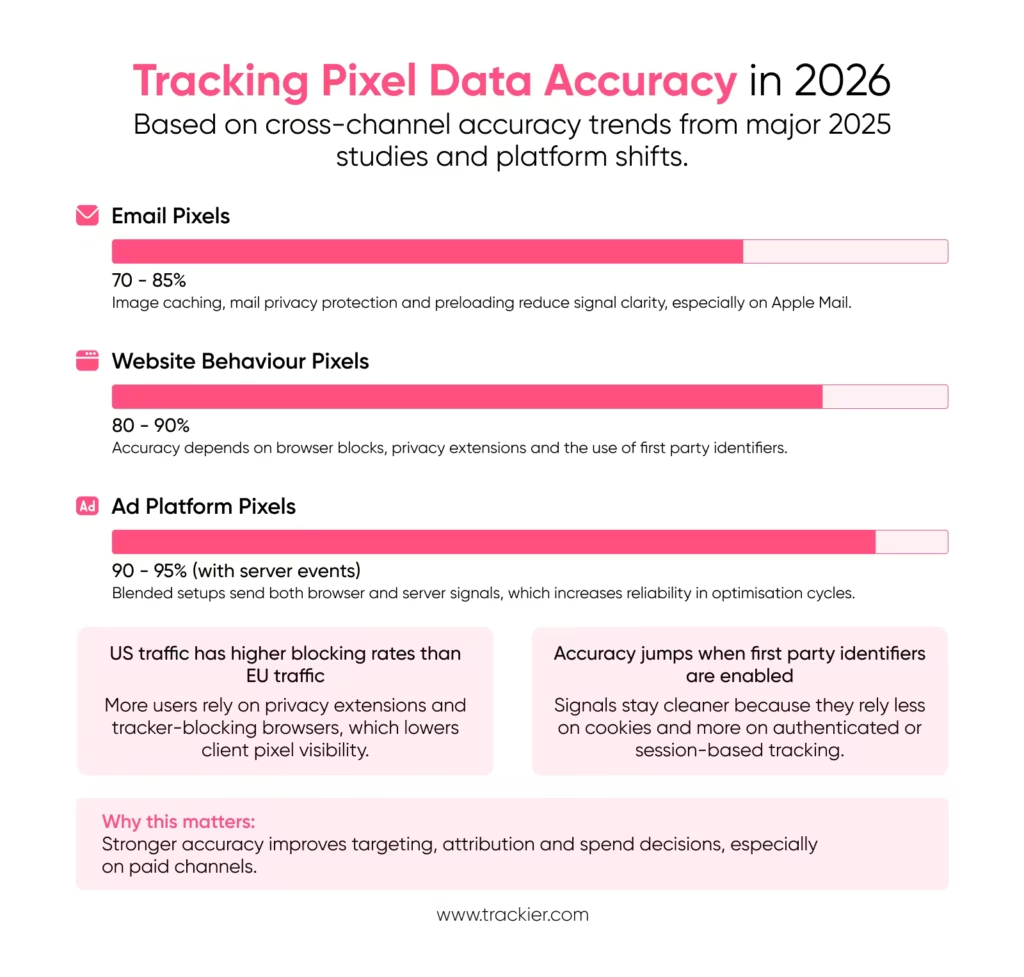
To Sum Up
Tracking pixels still matter. They give you clear action signals that help you improve campaigns and cut wasted spend.
Start by checking your basics. Audit your pixel setup, confirm page view and conversion events, and reconcile them with server logs. Run the tests weekly until counts stabilize.
Next, respect privacy. Make consent explicit, limit what you store, and tag first-party events wherever possible. That keeps your tracking usable and compliant.
Adopt a hybrid approach. Use client pixels for real-time signals and server events for confirmed conversions. Combine them and use modelling to fill gaps.
If you want an easy place to run these checks and link pixel data to campaigns, explore the Trackier helps you monitor pixels, validate events and measure partner performance in one dashboard.
FAQs
1. What do tracking pixels do?
Tracking pixels records actions taken by a user. When it loads, it sends a small signal that shows a page view, an open, a click or a conversion. That signal helps you understand how people move through your website, email or campaign. It turns behaviour into data you can use to improve targeting, fix drop offs and measure results.
2. Are tracking pixels illegal?
No. Tracking pixels are not illegal. What matters is how you use them. Most regions require clear consent, proper disclosures and responsible data handling. As long as you follow privacy rules like GDPR, CCPA or India’s DPDP, pixels are completely allowed. The goal is transparency, not restriction.
3. Can tracking pixels be blocked?
Yes. Browsers, extensions and email clients can block or limit pixels. Some preload images, some strip them out and some prevent third party calls. This does not make pixels useless. It only means you should treat certain metrics, like email opens, as directional and pair them with more reliable events like clicks and purchases.
4. Who uses tracking pixels?
Marketers, advertisers, growth teams, product teams and analytics professionals use tracking pixels. Brands of all sizes rely on them to understand user journeys, improve campaigns and measure performance. Ad platforms like Meta, Google, LinkedIn, X and affiliate networks also depend on pixel signals for targeting and optimisation.
5. What information do tracking pixels collect?
Pixels collect behavioural data, not identity-level information. They record actions such as page visits, clicks, form submissions and purchases. They may also capture technical details like device type, browser or timestamp. Unless you explicitly pass personal details with consent, a pixel cannot identify a user by name.
